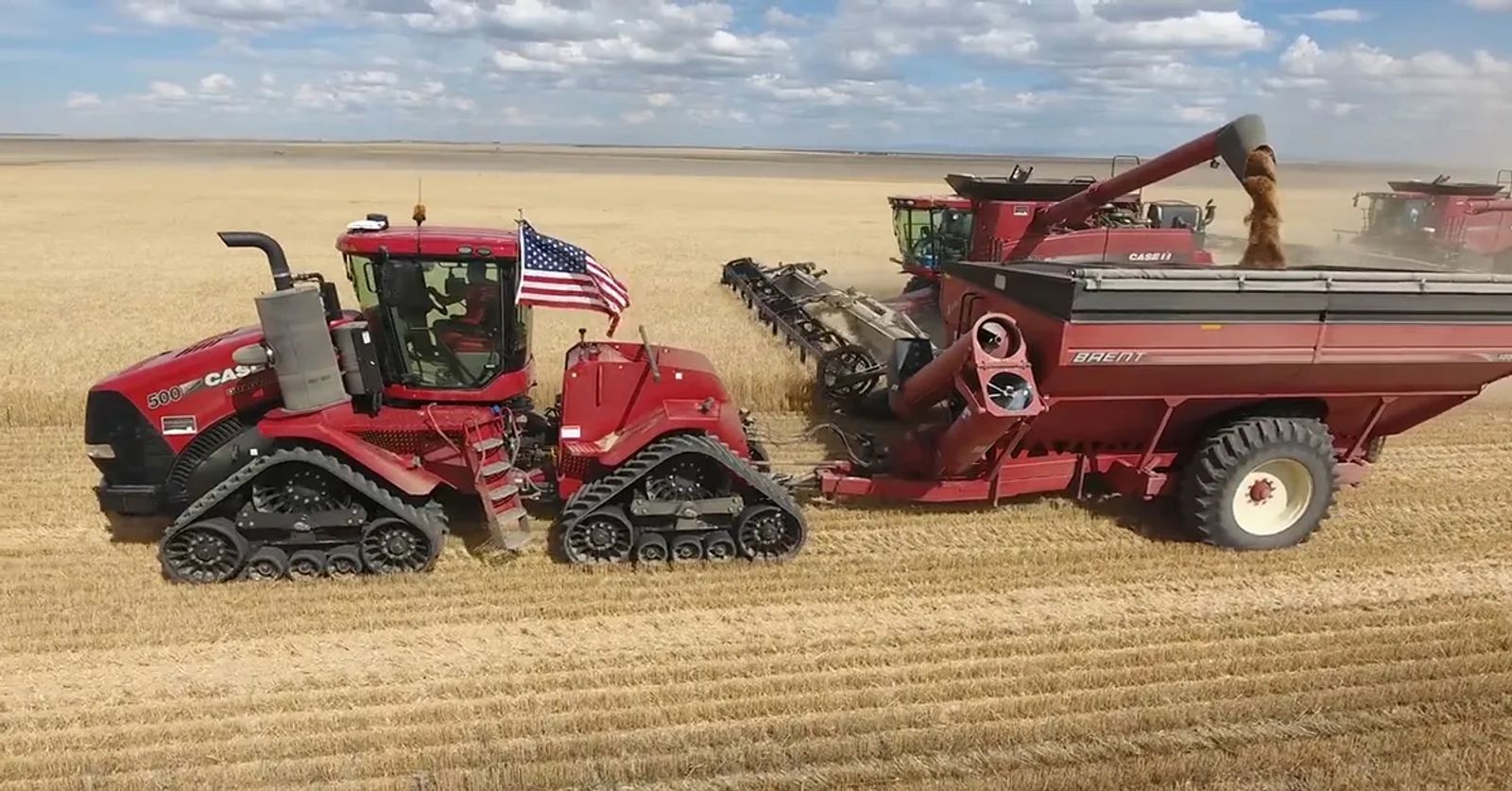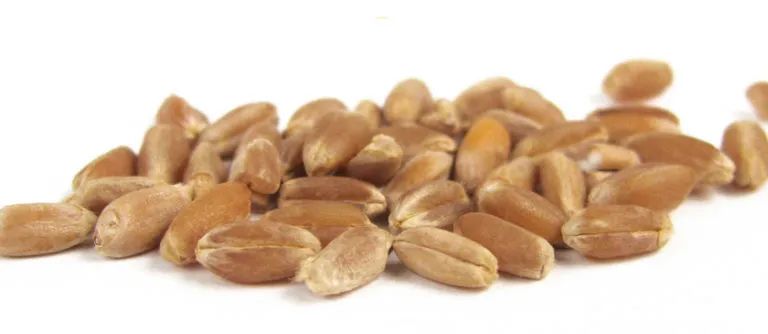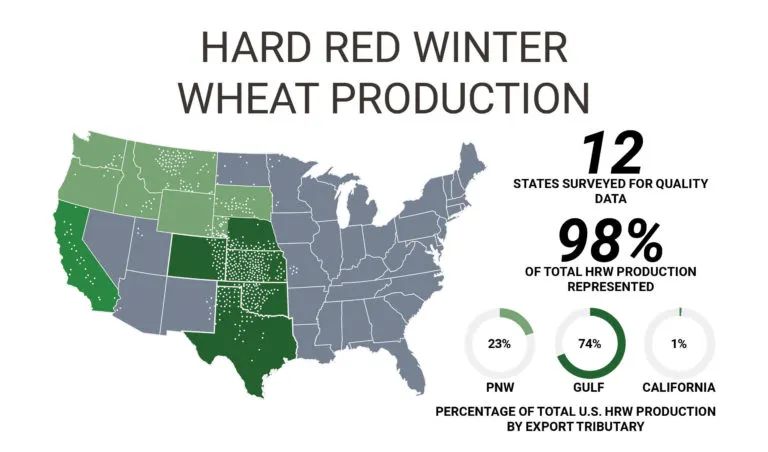
2020 Hard Red Winter Crop Provides Exceptional Range of Quality and Value
October 16, 2020
Variable growing conditions greatly influenced the 2020 U.S. hard red winter (HRW) wheat crop. In areas with favorable growing conditions, record yields resulted in lower protein but excellent test weights and kernel characteristics, while regional swings in temperature and moisture led to lower yields with higher protein. The result is a crop that has generally outstanding kernel characteristics with flour, dough and bake quality attributes equal to or better than last year and many of the 5-year averages. Overall, the 2020 HRW crop can be characterized as clean and sound with good milling and processing characteristics, providing customers with an exceptionally good range of quality and value.
U.S. Wheat Associates (USW) will post the full 2020 Hard Red Winter Regional Report on its website later this month.

USDA estimates the 2020 HRW planted area was again near historic 100-year lows, continuing the trend of recent years. Total HRW production is estimated at 17.9 MMT (695 mil bu), a 4.8 MMT (174 mil bu) decrease from 2019. Growing conditions varied among the HRW production regions.
- The western Central and Southern Great Plains experienced insufficient moisture, freeze events and high temperatures during key stages of crop development, resulting in lower yields and kernel size, but higher protein.
- The eastern Central and Southern Great Plains experienced favorable growing conditions resulting in record yields and very good kernel characteristics, but lower protein.
- The Northern Great Plains and Pacific Northwest also experienced variable growing conditions. Washington, Montana and South Dakota harvested crops are equal to or better than average with very good kernel characteristics and protein. However, Oregon experienced a significant reduction in yield due to unseasonably dry weather.
With very few exceptions disease and insects were not a major issue for the 2020 HRW crop.

Here are highlights of data from the 2020 HRW wheat crop.
Wheat and Grade Data:
- Grade – the overall average is U.S. No. 2 or better.
- Test Weight average of 61.4 lb/bu (80.8 kg/hl) is above 2019 and the 5-year averages.
- Dockage, total defects and foreign material averages are all equal to or similar to 2019 and the 5-year averages.
- Wheat Protein (11.9%, 12% mb) and shrunken and broken (1.1%) are above 2019 and the 5-year averages.
- 1000 Kernel Weight averages at 31.2 g, which is less than 2019 but higher than the 5-year average.
- Wheat Falling Number – Average of 369 sec, indicative of sound wheat.
Flour and Baking Data:
- Laboratory Mill Flour Extraction average is 73.5%, lower than the 2019 and 5-year averages of 74.5% and 75.4%, respectively.
- Flour Ash levels of 0.49% (14% mb) is comparable to last year but lower than the 5-year average.
- Alveograph W value of 261(10-4 J) is significantly higher than last year and the 5-year averages.
- Farinograph peak and stability times, 5.3 and 10.3 min, respectively, are higher than the 2019 and the 5-year averages. Average bake absorption is 63.1%, also above the value for 2019 and the 5-year average.
- Loaf volume averaged 859 cc, comparable to last year’s and the 5-year averages.
Buyers are encouraged to review their quality specifications to ensure that their purchases meet their expectations.
Source: U.S. Wheat Associates










